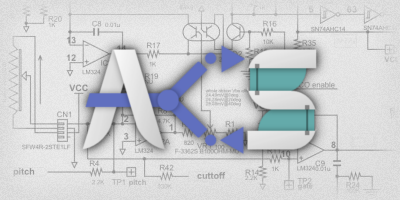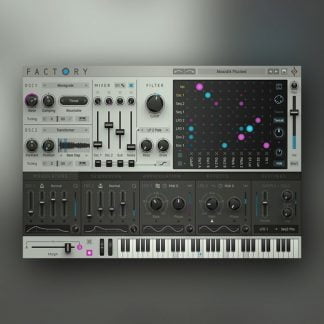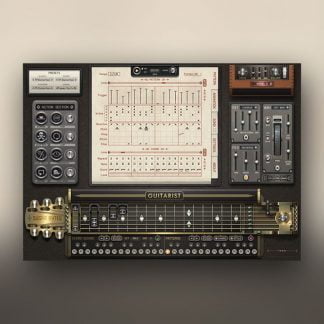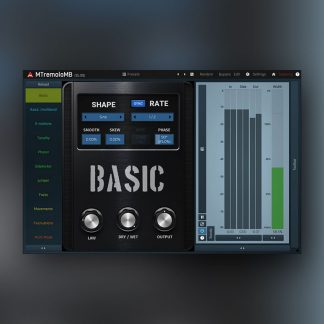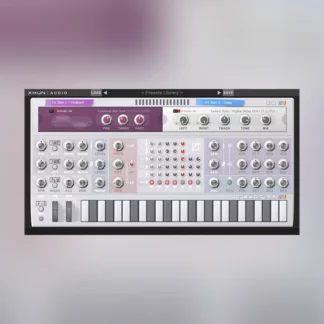It’s truly fascinating how deep and distinctive certain vintage devices can sound. They were built many decades ago, using components with loose electrical tolerances and adopting manufacturing processes miles away from today’s standards of perfection. But they sound great, expressive and genuinely bold.
For this reason, RawPrime makes use of late-1970s / first-1980s telecommunications-class numerically controlled oscillators (NCOs) and digital to analog converters (DACs) components, carefully modeled in the virtual realm thanks to today’s CPUs real-time processing power.
Internally, this hybrid digital-analogue components are arranged in a very original way, in order to generate a great amount of overtones exclusively from the aliasing signals produced by such imperfect vintage technology.
All this raw sound material is then crunched by an expressive 2-pole resonant low-pass diode-ladder analogue filter with a specific, uncommon design.
An additional non-resonant high-pass analogue filter, three analogue envelope generators, two digital sinusoid LFOs and a full modulation matrix just open the doors to extended sound design possibilities.
Two insert/master effects slots and a creative multi-mode polyphonic arpeggiator complete the setup, making RawPrime a premium performance synthesizer for both live use or studio productions.



